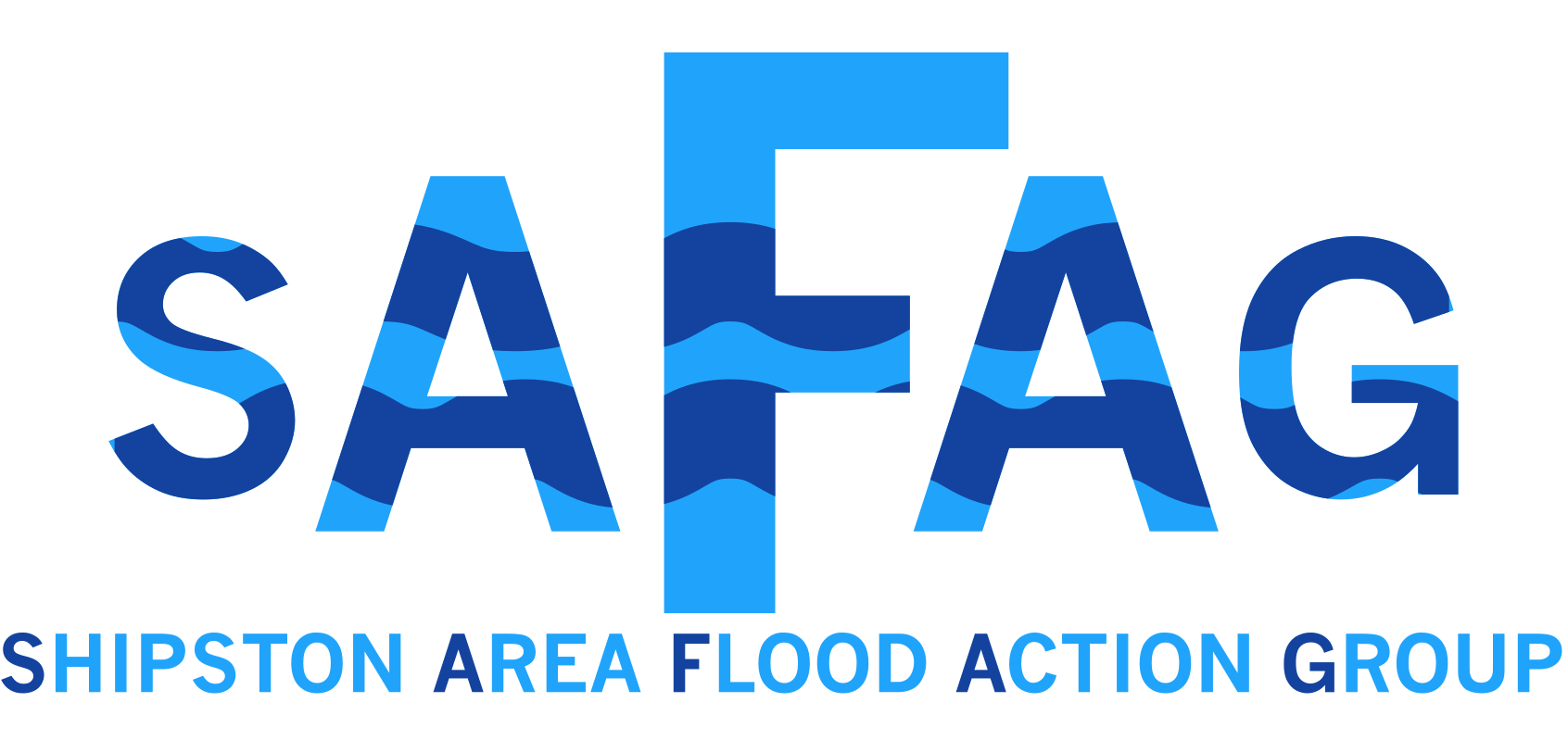
WE USE NATURAL FLOOD MANAGEMENT TECHNIQUES TO SLOW THE FLOW OF THE RIVER STOUR
We raise money and use it to implement various upstream NATURAL FLOOD MANAGEMENT measures to SLOW THE FLOW of the River Stour before it gets to Shipston On Stour. This image shows how flow rates can be dramatically reduced by introducing natural land management techniques across three types of catchment areas. SAFAG works on measures in the upper two catchment types. (Image source: (Burgess-Gamble et al, 2017)
SAFAG'S CORE ACTIVITIES

SAFAG starts by looking at ordinary watercourse maps across the entire upstream River Stour flood catchment area. From this we determine an outline plan of works to reduce flow rates after heavy rain by walking the area and liaising with farmers and landowners. This will be designed to protect the local environment and enhance habitat in combination with other farm and land management programmes.

Having previously raised funds SAFAG undertakes detailed scheme design, obtains the necessary consents for its plans then contacts and secures contractor services, any specific material requirements and supervises the implementation of the agreed NFM measures.
ON-SITE MONITORING

A team of volunteers is mobilised during or immediately after every heavy rainfall event. We aim to review every asset in flood conditions over a period of time, with new photos added to the NFM database.

Monitoring Equipment is installed in different locations to measure rainfall, water level, soil condition and flow data. Much of this data is analysed by a specialist team at Kings College London, providing invaluable insights into the effectiveness of key assets.

The Environment Agency is training a team of SAFAG volunteers to carry out regular, structured habitat (MoRPh) surveys in nominated areas of the catchment. The team also measures water quality before and after NFM in designated watercourses.

SAFAG aims to inspect every NFM asset at least annually to assess the need for repair or enhancement. Any works required are recorded on the NFM database, which can then be used to produce a schedule of works.
